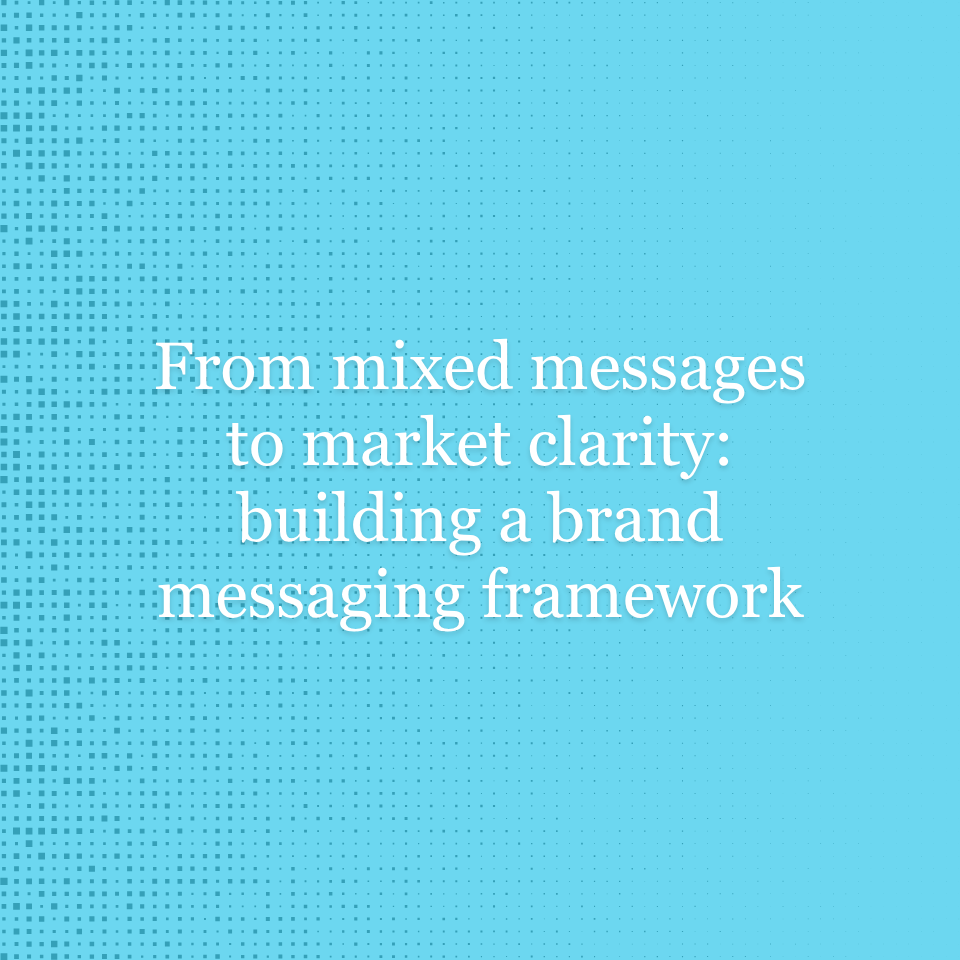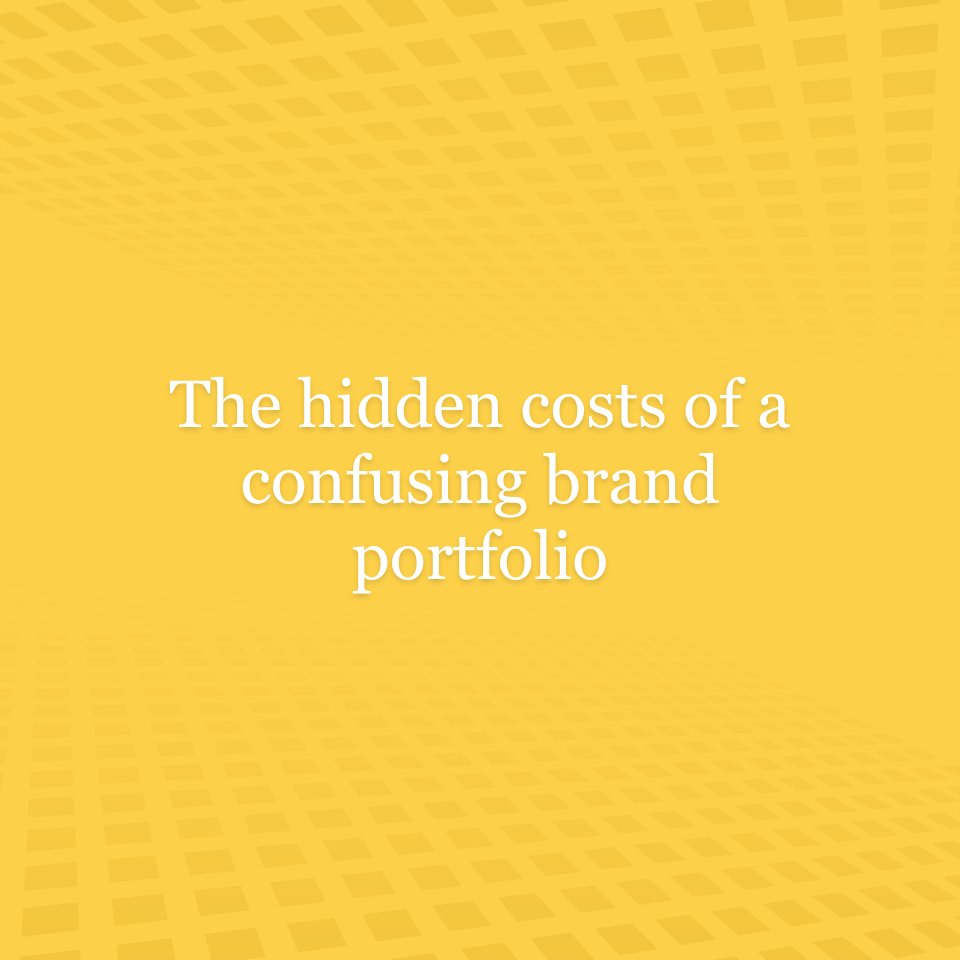Can COVID-19 help to put more corporate focus on stakeholders, not just shareholders? A recent McKinsey article posed this question, and it’s one that pulled at my heartstrings and inspired a slight increase in my innate hopefulness about this situation.
I’m stepping a bit out over my skis on this one, but as a brand person I have focused 20+ years of my career helping companies to act and speak in purpose-driven ways. It’s not a mistake that many of the hopeful brand strategists I’ve known, interviewed or hired over the years have all spent time dabbling in non-profit, and come at problem-solving from a point of view that sits at the consilience of product + service + communications, and not just mar-com execution. As a breed, brand strategists tend to gravitate toward purpose.
Why is that? It’s because strategy is an act of integrity. I’ve often said that strategy is a synonym for choice, and I still hold that to be true. It’s a choice based on how clearly you see who you are as a company today, and what your vision is for where you want to be next. The strategy is how you get there. Being one thing, but saying something different is a tactical way of operating: siphoning off your mar-com or brand expression to appear as something you’re not quite yet or that you only aspire to be. Strategy takes integrity of mind: being willing to embrace the whole of what you are today, to then envision all the myriad steps needed to get to where you want to go. Visions aren’t piecemeal, they are holistic and in that holism, simple. Tesla wants to save the planet, for example. That’s why they are making ventilators now alongside their electric cars. The vision is simple, how it’s delivered changes in context but without loss of integrity of the vision.
We’ve seen in the first of several monthly survey pulses about consumer attitudes and perceptions of companies in the time of COVID-19, that COVID-19 is bringing a sharp focus on how companies treat their employees and their consumers – and if and how they value those stakeholders as much or even more than shareholders.
There are countless examples of brands placing the needs of employees and consumers at the forefront, despite the costs. While Amazon’s profit increased dramatically in the first quarter due to a surge in business related to COVID-19, Jeff Bezos shared that the entirety of the operating profit would be invested in COVID-19 related expenses to help protect employees while ensuring customers receive the vital goods they need. Nike and many other retail companies have activated their supply chains to produce PPE for healthcare workers. Microsoft has invested in creating a Plasma Bot, which will help COVID-19 survivors donate plasma to fuel research into COVID-19 therapies for current and future patients. And tech giants Amazon, Apple, Google, Facebook, Microsoft, and Twitter have all pledged to continue to pay their hourly workers who must stay home during this time.
Now might be the time for companies to take stock of their truths, their intentions, and their aspirations from a purpose-driven perspective. We typically recommend measuring those through the eyes of employees and of consumers, and comparing what you find with the vision of corporate leaders. Are all three in line with one another? If so, that can be counted as a truth.
Patagonia exemplifies the power of aligning internal stakeholders and consumers behind a single purpose. Since the 1970s, Patagonia’s mission has been to build a business that promotes environmental sustainability – even going so far as to encourage its eco-conscious customers not to purchase new gear. However, in 2018, Patagonia’s leadership has extended this mission into the political realm – endorsing two candidates for senate who were running on environmental policies. And this mission isn’t just apparent at the leadership level – Patagonia encourages its employees to join peaceful environmental protests, and offers to pay their bail if arrested. While this is an extreme example, it demonstrates how a brand truth can be brought to life across all levels of an organization.
Do corporate leaders believe one thing about the purpose of the company and how that purpose is carried out, while employees and/or consumers believe something differently? That is an intention only, and is not really part of your brand yet. And in times like COVID-19, the difference between your truths and your intentions are blatantly obvious. Take this YouTube video that shows many corporations putting their voices behind the intention of helping and standing side-by-side with consumers. Yet, we’ve seen in our survey that this flimsy veil of advertising is nothing if as a company you are not taking measurable, clear actions to protect, help and stand up for your employees and consumers.
The McKinsey study goes on to say that measuring the perspective your employees and consumers have about your brand can tell you a lot about your resilience in a downturn. As it turns out, brands whose leadership, employees, and consumers have a shared sense of purpose are best prepared to weather crises:
“If a crisis does strike, preexisting alignment on the organization’s core reason for being will enable a coordinated, values-driven response that is authentic to your people and compelling to stakeholders. ‘Trusted’ brands bounce back faster after product mishaps and economic shocks, particularly when they respond effectively.”
-McKinsey
According to the same study, while 82% of employees believe that corporate purpose is important, only 42% believe their company’s purpose statement drives impact. This reflects what McKinsey calls a “purpose gap,” and is likely a primary reason why a majority of corporate employees feel disengaged. Identifying a purpose that is actionable, true to your brand, and that resonates with employees and customers alike is no simple task, but undoubtedly worthwhile. A strong, shared sense of purpose always acts as a guiding light, but especially so during dark times.

Samantha Temple Neukom | Partner, Chief Brand Officer





